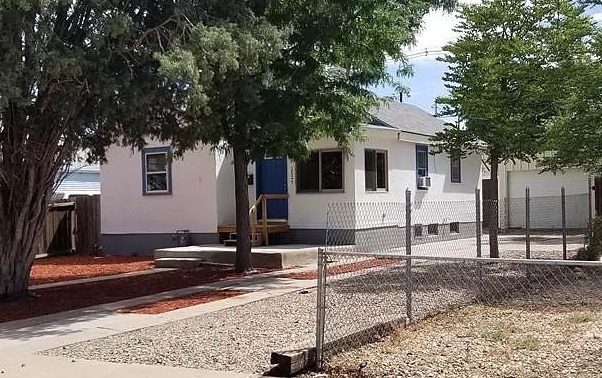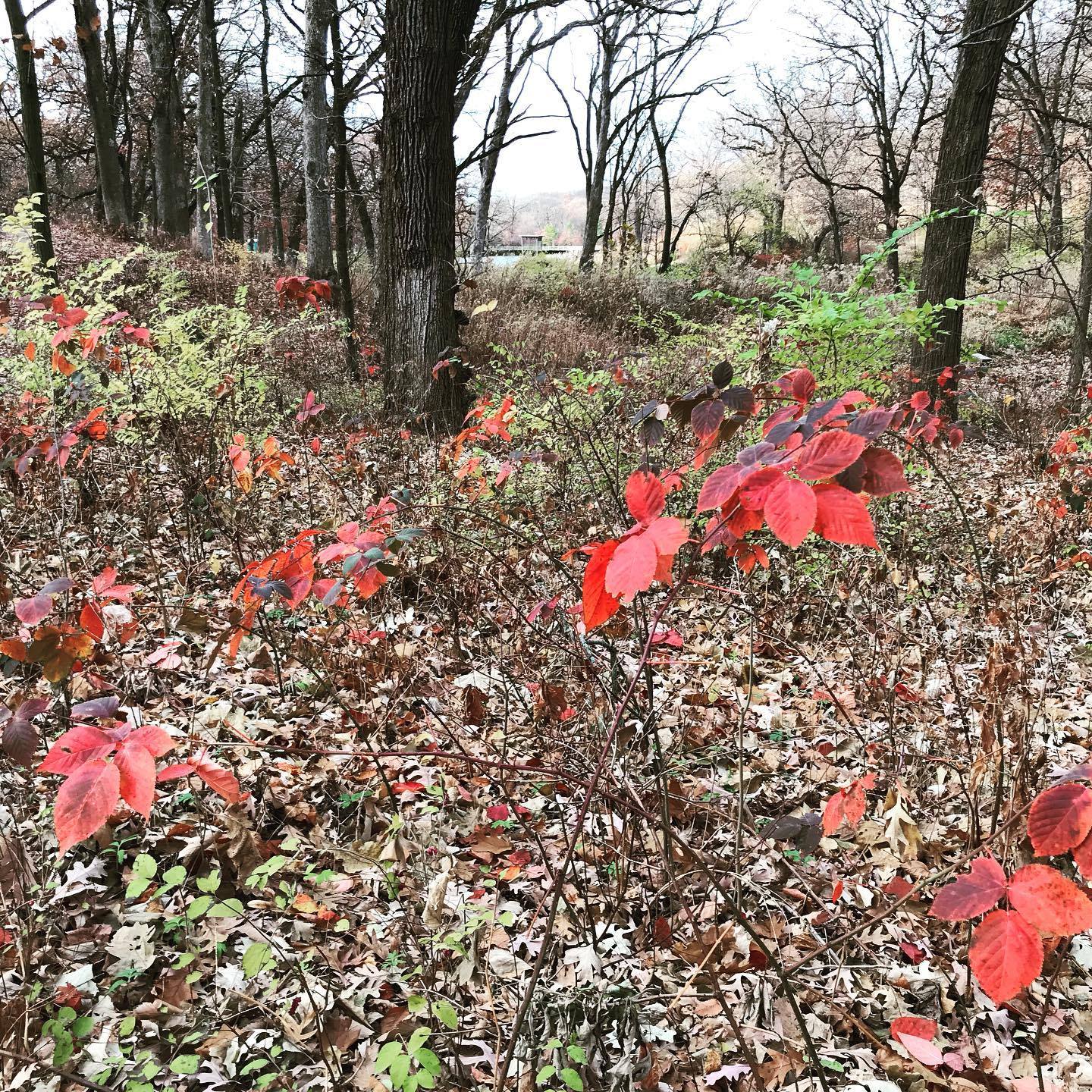My sister used to tell a joke she found hilarious, but which never seemed all that funny to me. It involved a man hiding in a closet in his lover’s bedroom when the woman’s husband comes home unexpectedly. The husband opens the closet door and asks the man what he’s doing there.
“Everybody has to be somewhere,” the man in the closet replies.
The punchline has stayed with me for more than 40 years, even though I still don’t find the joke especially funny. But the older I get, the more I think about that truth—everybody has to be somewhere.
It’s a curious process, choosing where we live as we age. In middle age or earlier we begin hearing the message that we need to live somewhere with no stairs and an accessible bathroom, as though we are all in wait of a debilitating disease. We start planning to reverse our course from building our nest to trimming our wings.
Joe and I spent the early part of our lives aspiring to bigger and better homes, more rooms for kids and guests, bigger yards, multiple bathrooms. And we filled that space with stuff. The cool house on the hill was a sign of success, a reflection of our special selves, our comfort. Eventually, though, our acquisitions became a weight rather than a reward. We had to take care of it all. Scrub, vacuum, mow, paint, dust, caulk, polish, mop.
Houses are like big babies who never grow up and learn to tie their own shoes. They whine a lot: Fix my leak. Clean my gutters.
This arc of striving and acquiring, followed by divesting ourselves of it all is a contemporary middle-class American issue. Why did we get all that only to eventually get rid of it?
My parents lived in the same house from early marriage to their deaths more than 60 years later. As children of the Depression, they started out with what we now consider downsized living and stayed there. They aspired to security, not acquisitions, so upkeep was less oppressive for them. But they had children, grandchildren, nieces, and nephews nearby. Like many mobile Americans, we do not.
Their parents lived in multigenerational homes, with grandparents taking care of grandchildren, then being cared for themselves. That is far different from what we have now—a worry in the back of our minds that we won’t have enough money for the care we need and could be a burden on our children. How do we prepare for that? When? Can we?
Most of us have choices about where we might nest, and sometimes that’s a real pain. Choices mean you need to make decisions, and those require guts, brains, courage, and energy. We can stay put wherever we’ve already made a home; downsize to a smaller house; move to a condo or townhome where an association handles the outdoor maintenance; or choose independent living in a retirement community, with meals and housecleaning provided and access to advanced care if we need it. Google any of that and you will get too much information to be helpful. It’s a lot to process when all you really want is to settle in and read Louise Penny.
Joe and I downsized to a condo four years ago, but we began considering a move decades before that. The search took forever, with a national tour of single-family houses, townhomes, and condos. We ended up making concessions we wouldn’t have considered at the beginning of the process. Our situation was unique but also universal, involving kids and grandkids thousands of miles away, a waning interest in housework and yardwork, and a desire to see the country and the world. A changing climate had a role as well.
The process felt a bit like making a quilt out of old sweatshirts and car parts.
In this four-part series, I’ll share our many fits and starts along the way, as we assessed kitchens, garages, bedrooms, neighborhoods, views, architecture, noise, storage spaces, ourselves, and our lives. We struggled with wants versus needs and reached a fun, comfortable, but inevitably imperfect solution. The only man I found in a closet was Joe.
Next, Part 2: Choosing Where We Live As We Age: Assessing the Options

